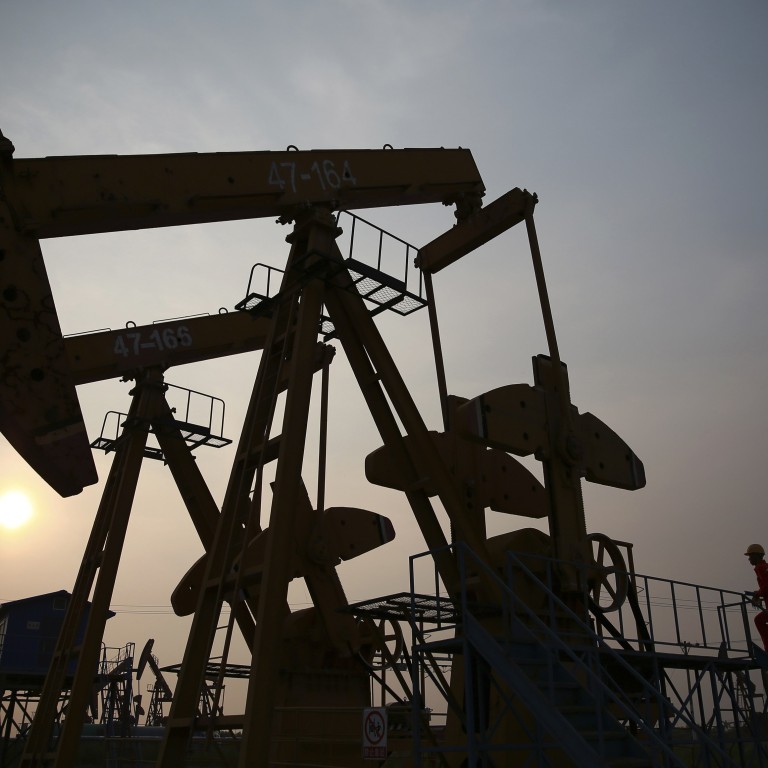
ADB, AIIB only able to provide 'fraction' of Asia's energy investment needs
ADB, AIIB only able to provide 'fraction' of Asia's energy investment needs
The developing nations in Asia-Pacific are projected to require US$400 billion to US$700 billion in annual investment in the energy sector over the next 25 years, and the Japan-led Asian Development Bank and the new China-led Asian Infrastructure Investment Bank will only be able to supply a fraction of that, according to an ADB official.
Asian countries would also face the challenge in balancing their need for sufficient, secure and environmentally sustainable energy sources as carbon emission-prone fossil fuel would dominate, Zhai Yongping told the Pacific Energy Summit last week.
"How much will the ADB be providing each year? US$4 billion," he said of its expected contribution towards the developing nations' investment. "If you put the contribution from the ADB and the new AIIB together, it will not be more than 5 per cent of the investment needed."
He was referring to the capital spending required for energy exploration and production, logistics, processing and distribution, which will total about US$10 trillion over the next 25 years.
The ADB's projection means private-sector capital, commercial banks and other forms of government capital will provide the bulk of the funding.
The estimated US$400 billion annual budget is based on a "business as usual" scenario, while the US$700 billion estimate is based on an "alternative scenario" where more renewable-energy infrastructure is built to help cut carbon emissions from fossil fuel.
The estimates did not assume governments in the region would put in place policies to make carbon emissions costly, which he said was necessary "if we want to be serious about [combating] climate change".
Zhai is a technical adviser for the energy sector at the ADB's regional and sustainable development department.
Speaking at a conference organised by the United States' National Bureau of Asian Research and the China Energy Research Society, he said the ADB estimated about 600 million of Asia's 4.4 billion population lacked access to electricity, more than in Africa.
Fossil fuel was projected to make up 83 per cent of the energy mix in the developing nations in Asia over the next two decades in the "business as usual" situation, or 73 per cent if more alternative energy was adopted, he said.
During this period, their per capita carbon emission is forecast to rise 75 per cent, which could be cut to 30 per cent if cleaner energy is used.
Keisuke Sadamori, the director of the directorate of energy markets and security with the Paris-based International Energy Agency, which represents 29 major oil consumer nations, said Asia was also the most vulnerable region to disruption in oil supply.
The agency projected the region would account for almost two-thirds of global crude demand in the six years to 2020, and by 2040 Asia's incremental demand would equal that of the world.
"We need to face the fact that Asia will be the most vulnerable to disruptive oil supply, and the western hemisphere is close to self-sufficiency as the centre of gravity of the oil trade increasingly shifts to the East," Sadamori told the summit.
Han Wenke, the director general of the National Development and Reform Commission's Energy Research Institute in China, said Asian nations could mitigate this risk through greater interconnection and co-investment in power and gas distribution infrastructure, and greater coordination of their energy policy making.

